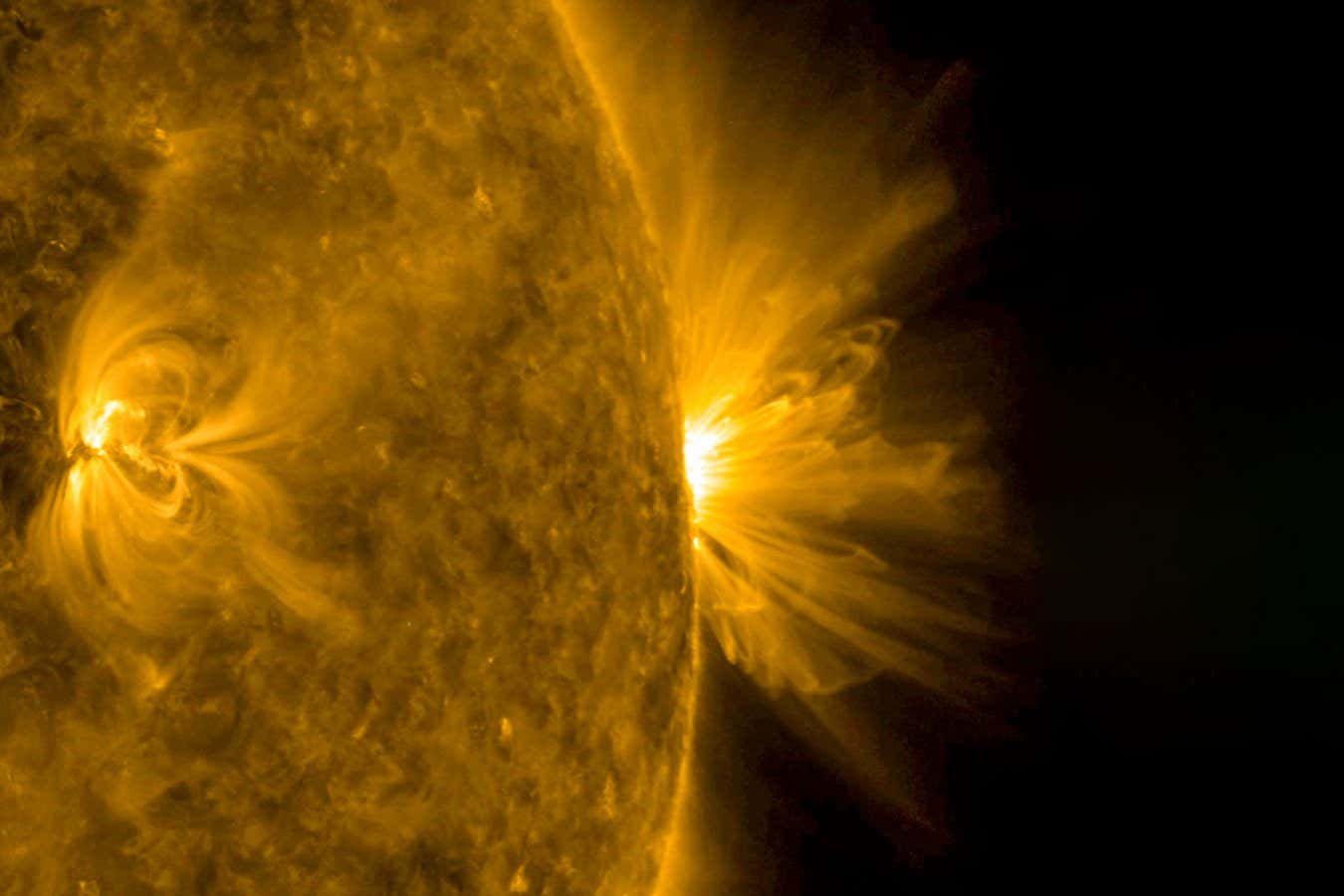Now Reading: Spacecraft Predicts Solar Storm 15 Hours Before Earth Impact
-
01
Spacecraft Predicts Solar Storm 15 Hours Before Earth Impact
Spacecraft Predicts Solar Storm 15 Hours Before Earth Impact

Swift Summary
- Solar storms, triggered by coronal mass ejections (CMEs), can disrupt electronics on Earth due to strong magnetic fields.
- Current satellite systems near Earth’s stable Lagrange points provide warnings only less than an hour before potential disruptions.
- Researchers used the European Space Agency’s Solar Orbiter to forecast solar storm strengths 7 and 15 hours in advance during events in March 2023.
- Measurements of CMEs’ magnetic fields and solar wind speeds were modeled, allowing accurate predictions of geomagnetic storm strengths within minutes.
- Predictions closely matched actual outcomes, even though uncertainties remain concerning arrival times and variations as CMEs travel towards Earth.
- Experts note more observations are required to refine models and develop reliable monitoring missions situated closer to the sun.
indian Opinion Analysis
India’s increasing reliance on electronic infrastructure-from telecommunications to power grids-makes advancements like early-warning systems for solar storms critical. Implementations based on such research could help mitigate potential risks from geomagnetic disturbances caused by CMEs. As the country pursues ambitious space exploration goals through organizations like ISRO, collaborations with global partners such as ESA may offer opportunities for joint development of predictive technologies tailored for regional needs.Strengthening India’s capabilities in space weather forecasting could contribute not only to domestic resilience but also position it as a partner in global risk management efforts.

























